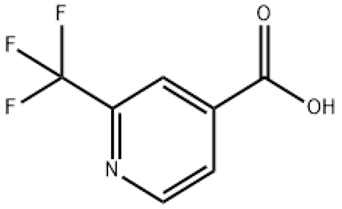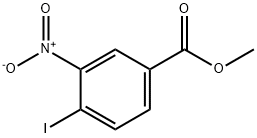4-Methyl-5-thiazolylethyl acetate(CAS#656-53-1)
| Hazard Symbols | Xi – Irritant |
| Risk Codes | 36/37/38 – Irritating to eyes, respiratory system and skin. |
| Safety Description | S26 – In case of contact with eyes, rinse immediately with plenty of water and seek medical advice. S37/39 – Wear suitable gloves and eye/face protection S24/25 – Avoid contact with skin and eyes. |
| UN IDs | UN 3334 |
| WGK Germany | 3 |
| TSCA | Yes |
| HS Code | 29341000 |
Introduction
4-Methyl-5-(2-acetoxyethyl)thiazole is an organic compound with the structural formula CH3C(O)OCH2CH2SCH3, also known as Me-AET. The following is an introduction to the properties, uses, preparation methods and safety information of this compound:- Properties:- Appearance: 4-Methyl-5-(2-acetoxyethyl)thiazole is a colorless to light yellow liquid. – Soluble: Soluble in most organic solvents such as ethanol and dimethylformamide. Usage:- It can also be used as a chemical reagent in some applications in life science research, such as antimicrobial activity research, etc. Preparation method: -4-methyl-5-(2-acetoxyethyl)thiazole is generally prepared by Meisenheimer aromatic sulfide synthesis. The specific steps include reacting 4-methyl-5-diethylaminophenol with acetyl chloride in the presence of a base to form a target product. Safety Information:- Although there is less information about the toxicity of this compound, as an organic compound, its application and operation should follow safe laboratory practices. – When using, storing and handling, observe relevant safety measures to prevent contact with the skin, eyes and respiratory tract, and avoid contact with substances such as oxidants.






![1H-[1 2 3]Triazol-4-Ylmethylamine Hcl (CAS# 118724-05-3)](https://www.xinchem.com/uploads/1H123Triazol4YlmethylamineHcl.png)

